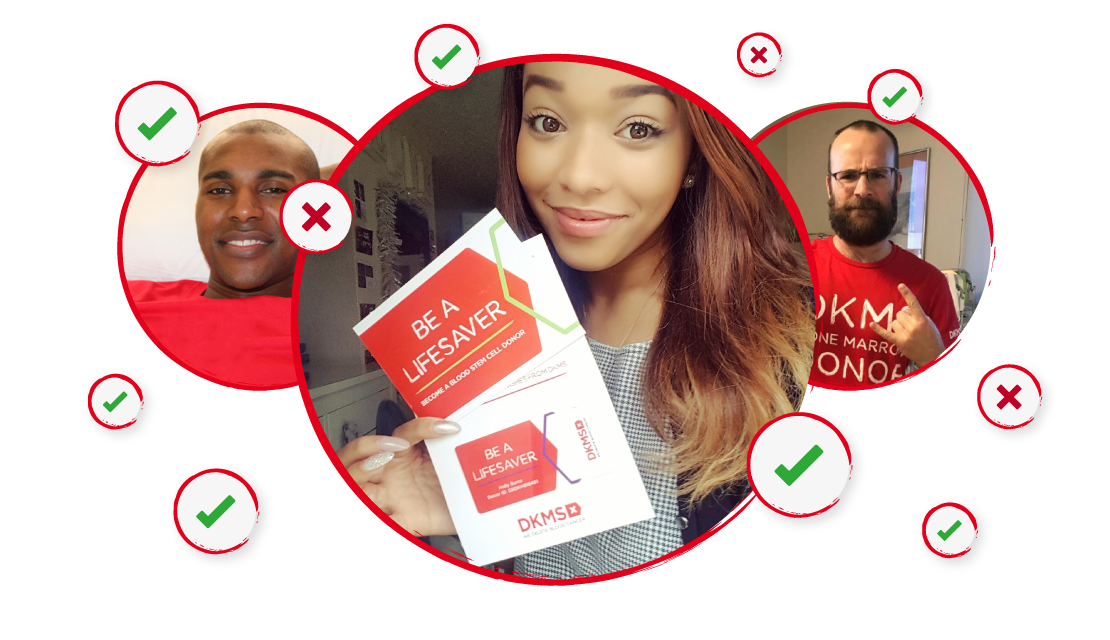
Become a blood stem cell donor
You could save the life of your genetic twin. All you need to do is register with DKMS as a blood stem cell donor. But there are a few requirements:
To register as a blood stem cell donor, you must be:
- Between 18 and 55 years of age
- In general good health
- Weigh at least 110lbs in weight, with a body mass index (BMI) of less than 40
You cannot donate blood stem cells if you:
- Severe heart, lung or kidney diseases
- Severe illness of the central nervous system
- Severe mental health conditions
- Severe metabolic diseases
- Addiction (alcohol, drugs, tablets)
- Severe tropical infectious diseases
- Infectious diseases like HIV, Hepatitis B or Hepatitis C, Syphilis
- Systemic autoimmune diseases or other severe chronic illnesses (e.g. diabetes or rheumatism)
- Cancer (including being cancer-free, but having had cancer in the past). Exception: Basalioma and cervical carcinomain situ (if fully removed)
- Diseases of the haematopoeitic system (blood disorders)
- If you have or have had in the past, a chronic or serious condition, or take any medication regularly, please discuss this with a member of our team in US
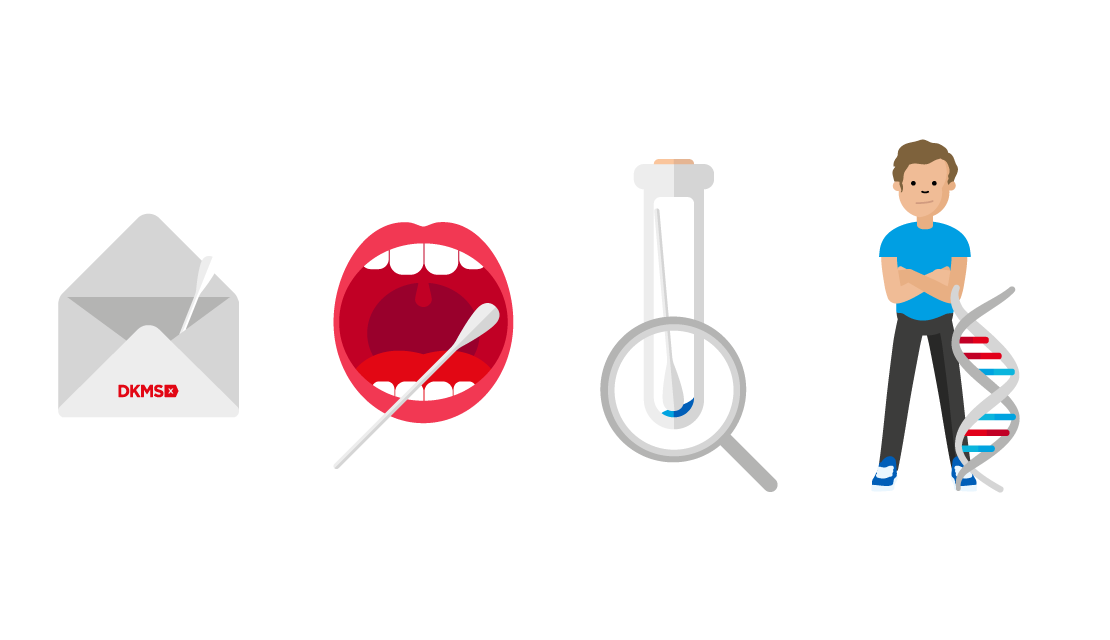
Registration – How it works:
1) Check if you meet the above requirements
2) Order your registration kit online
3) Take a cell sample from the inside of your cheeks (It’s easy to do from home!)
4) Send everything back to us in the pre-paid envelope
5) When your genetic twin needs you, you’ll be willing to donate!
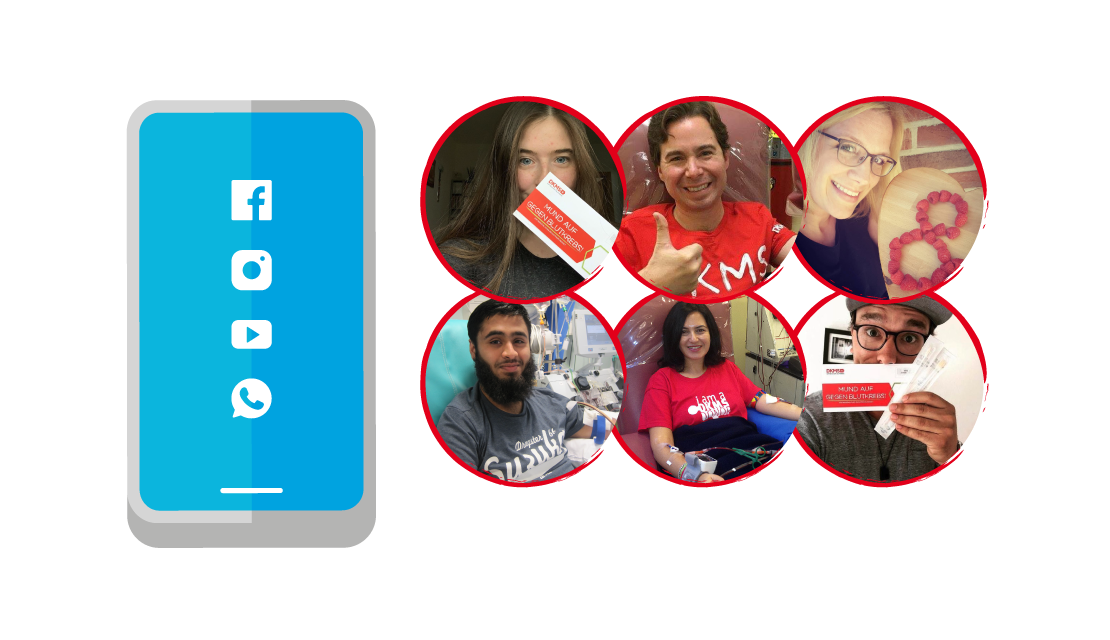
Do good things and spread the word
Be it Facebook, Twitter, YouTube, Instagram, Snapchat or WhatsApp – tell the world you’re on standby to save a life. Do n’t forget the hashtag: #wbcd
How to donate blood stem cells
If you are identified as a potential match for someone, we will contact you to confirm your availability, talk you through the whole process and arrange further tests to check your suitability for the patient and ensure it's safe for you to donate.
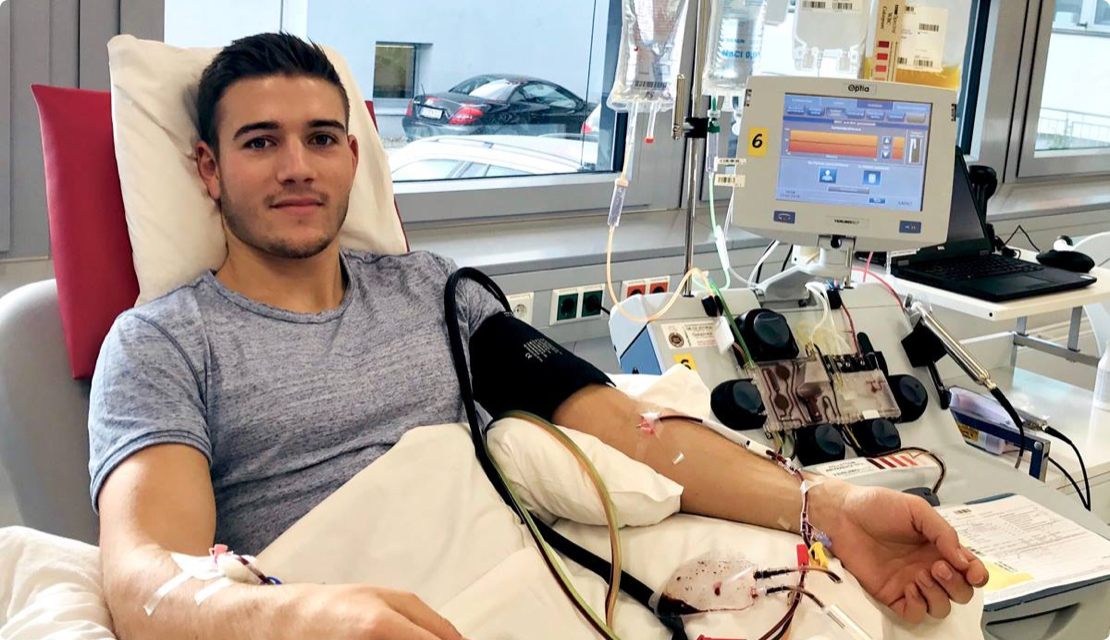
1) Peripheral blood stem cell (PBSC) donation
In about 85 percent of cases, blood stem cells are extracted from the bloodstream. The donor takes the naturally occurring growth hormone G-CSF beforehand to help increase the number of stem cells in their blood. On donation day, blood is taken from one arm and passed through a machine which extracts the stem cells. The blood is then returned to you through the other arm. This takes about 4-6 hours. A common side effect experienced by some people is flu-like symptoms from the hormone.
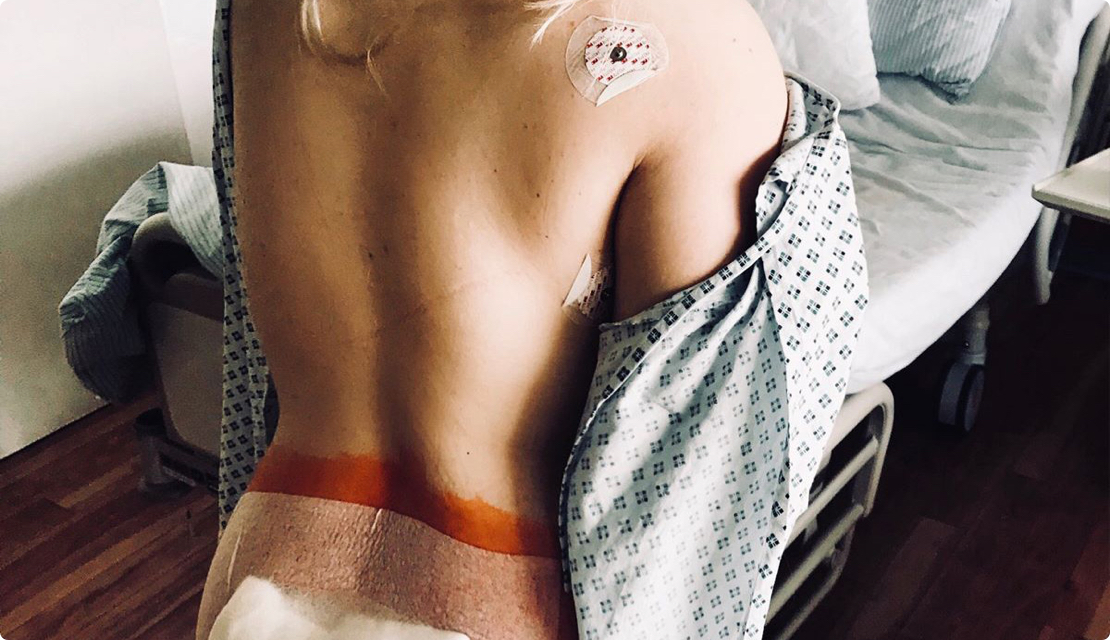
2) Bone marrow donation
In the remaining 15 percent of cases, donors undergo a small operation. It’s performed under full anesthesia and involves removing about 1 litre of marrow and blood from two small incisions in the skin at the back of the pelvic bone. That’s actually nowhere near the spinal cord and doesn’t usually require stitches. Once the stem cells have been removed, the donor may experience some localized post-operative pain, which feels a little like bruising. This method is primarily used when the recipient is a child.
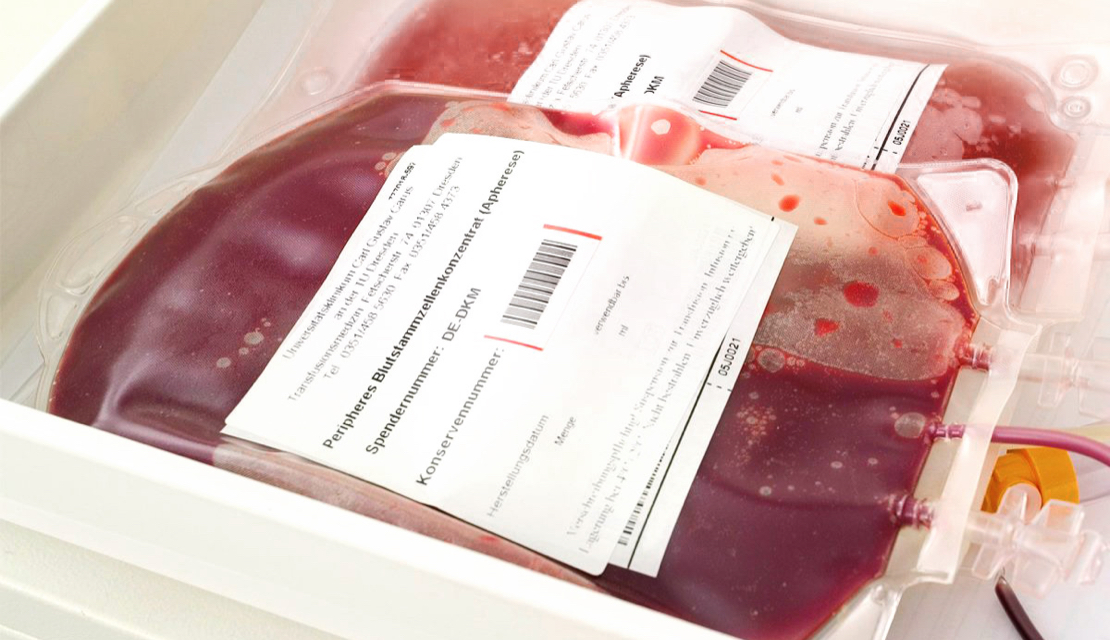
Bags of hope
Once extracted, the donor’s blood stem cells set off on a journey to the recipient. They’ll be injected into the recipient’s blood stream, like a blood transfusion. Did you know that more than 70 percent of blood stem cell donations from DKMS donors are for patients abroad? In some cases, a donor and a patient can even meet up. So, if your genetic twin lives on the other side of the planet, you might meet somewhere exotic, like on a beach in San Diego! How cool is that?!








